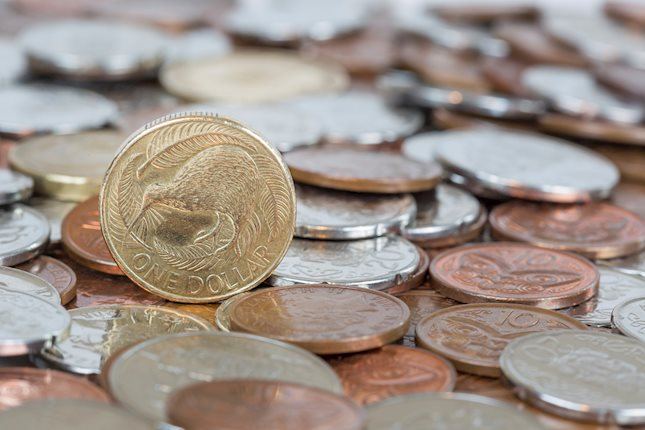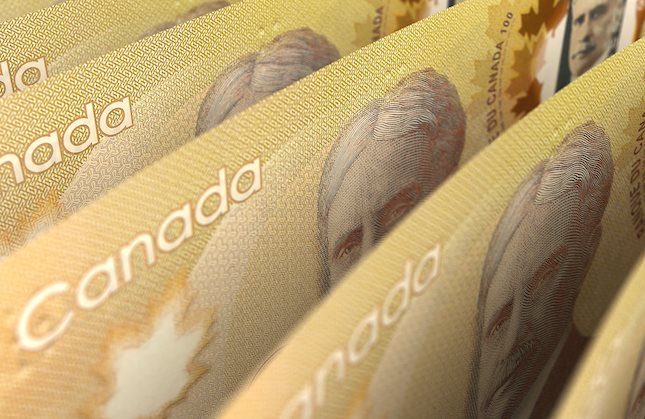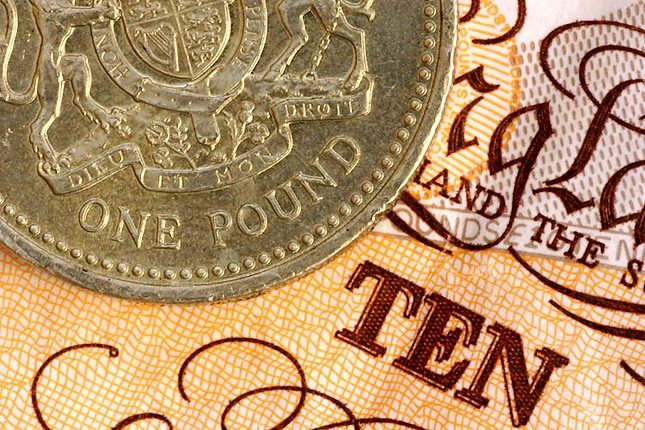EUR/USD trades with mild gains above 1.0800, eyes on US/Eurozone GDP, German inflation data
- EUR/USD posts modest gains to near 1.0820 in Wednesday’s early Asian session.
- US job openings dropped to the lowest level since early 2021.
- The ECB is widely anticipated to cut its Deposit Facility Rate again this year.
The EUR/USD pair recovers to around 1.0820 during the early Asian session on Wednesday. The upside for the major pair remains limited amid ongoing uncertainty ahead of the US presidential election and anticipation of key US data releases.
Job openings were down by 418,000 to 7.443 million by the last day of September, the lowest level since January 2021, according to the Labor Department's Bureau of Labor Statistics in its Job Openings and Labor Turnover Survey, or JOLTS report. This figure came in worse than the expectation of 7.99 million.
Meanwhile, the US Conference Board’s Consumer Confidence Index rose to 108.7 in October from an upwardly revised 99.2 in September, above the market consensus of 99.5. This figure registered the highest in nine months as perceptions of the labor market improved.
Traders increase their bets that the US Federal Reserve (Fed) will only cut rates by 25 basis points (bps) in the November meeting, attracting buyers of the US Dollar (USD). Later on Wednesday, the US ADP Employment Change for October and the advanced Gross Domestic Product (GDP) for the third quarter might offer some hints about the size and the pace of the US Fed rate cut.
Across the pond, the European Central Bank (ECB) is widely expected to cut its Deposit Facility Rate again, but traders are split on whether the ECB will continue the rate-cut cycle with the usual pace of 25 basis points (bps) or go for larger reductions. Money markets are still pricing in nearly 50% odds of the ECB rate reductions by half a percentage point in the December meeting.
Investors will keep an eye on Germany’s preliminary Consumer Price Index (CPI) inflation data, along with the flash Q3 GDP Growth Rate from Germany and the Eurozone. The ECB’s Schnabel is scheduled to speak later in the day.
Euro FAQs
The Euro is the currency for the 19 European Union countries that belong to the Eurozone. It is the second most heavily traded currency in the world behind the US Dollar. In 2022, it accounted for 31% of all foreign exchange transactions, with an average daily turnover of over $2.2 trillion a day. EUR/USD is the most heavily traded currency pair in the world, accounting for an estimated 30% off all transactions, followed by EUR/JPY (4%), EUR/GBP (3%) and EUR/AUD (2%).
The European Central Bank (ECB) in Frankfurt, Germany, is the reserve bank for the Eurozone. The ECB sets interest rates and manages monetary policy. The ECB’s primary mandate is to maintain price stability, which means either controlling inflation or stimulating growth. Its primary tool is the raising or lowering of interest rates. Relatively high interest rates – or the expectation of higher rates – will usually benefit the Euro and vice versa. The ECB Governing Council makes monetary policy decisions at meetings held eight times a year. Decisions are made by heads of the Eurozone national banks and six permanent members, including the President of the ECB, Christine Lagarde.
Eurozone inflation data, measured by the Harmonized Index of Consumer Prices (HICP), is an important econometric for the Euro. If inflation rises more than expected, especially if above the ECB’s 2% target, it obliges the ECB to raise interest rates to bring it back under control. Relatively high interest rates compared to its counterparts will usually benefit the Euro, as it makes the region more attractive as a place for global investors to park their money.
Data releases gauge the health of the economy and can impact on the Euro. Indicators such as GDP, Manufacturing and Services PMIs, employment, and consumer sentiment surveys can all influence the direction of the single currency. A strong economy is good for the Euro. Not only does it attract more foreign investment but it may encourage the ECB to put up interest rates, which will directly strengthen the Euro. Otherwise, if economic data is weak, the Euro is likely to fall. Economic data for the four largest economies in the euro area (Germany, France, Italy and Spain) are especially significant, as they account for 75% of the Eurozone’s economy.
Another significant data release for the Euro is the Trade Balance. This indicator measures the difference between what a country earns from its exports and what it spends on imports over a given period. If a country produces highly sought after exports then its currency will gain in value purely from the extra demand created from foreign buyers seeking to purchase these goods. Therefore, a positive net Trade Balance strengthens a currency and vice versa for a negative balance.
Forex News
Keep up with the financial markets, know what's happening and what is affecting the markets with our latest market updates. Analyze market movers, trends and build your trading strategies accordingly.























